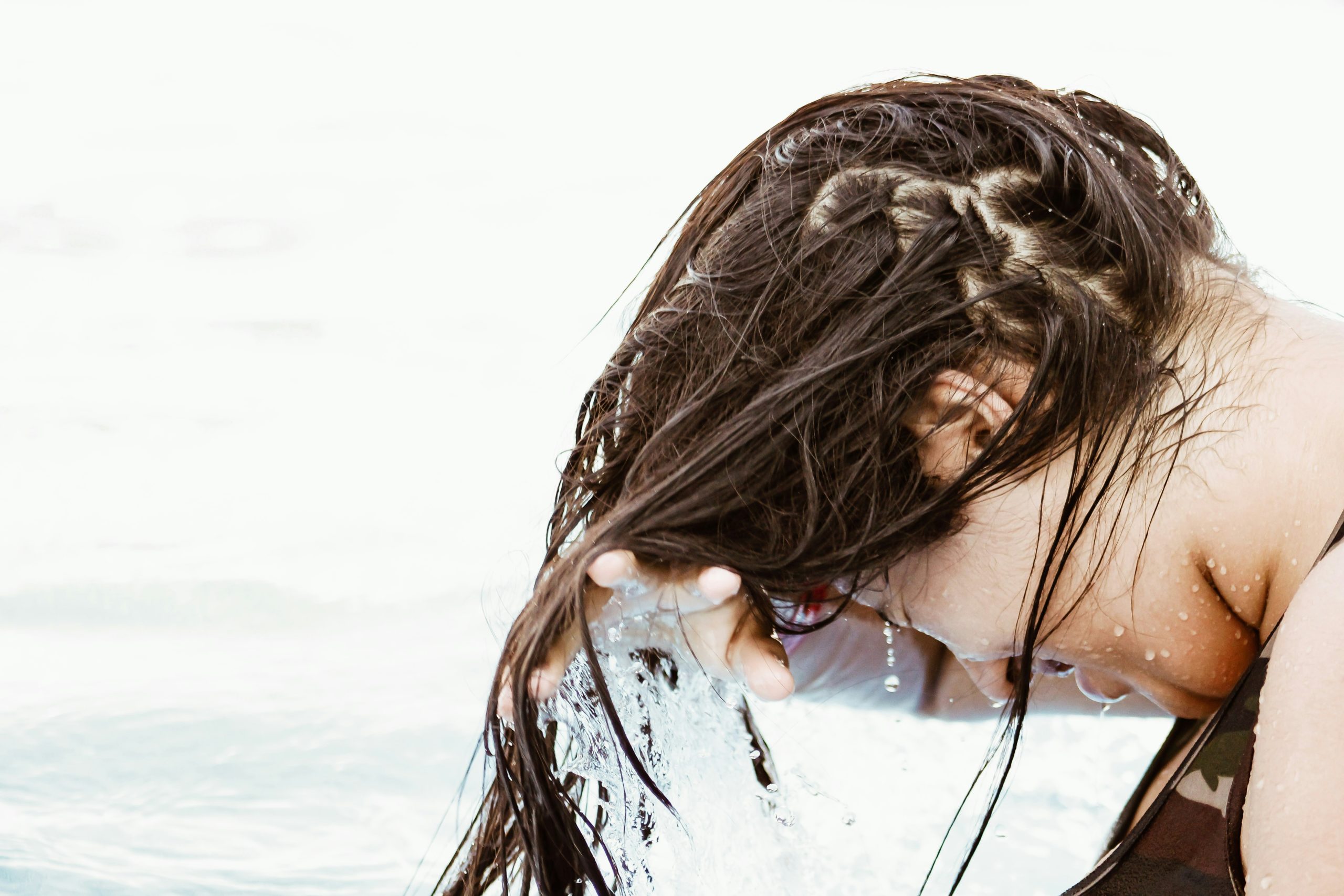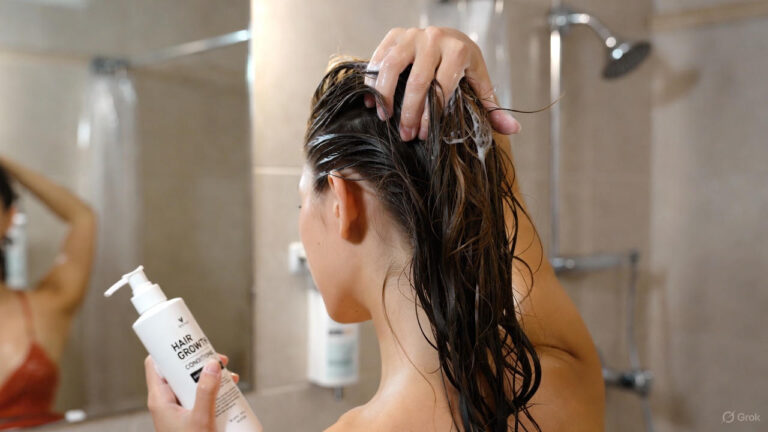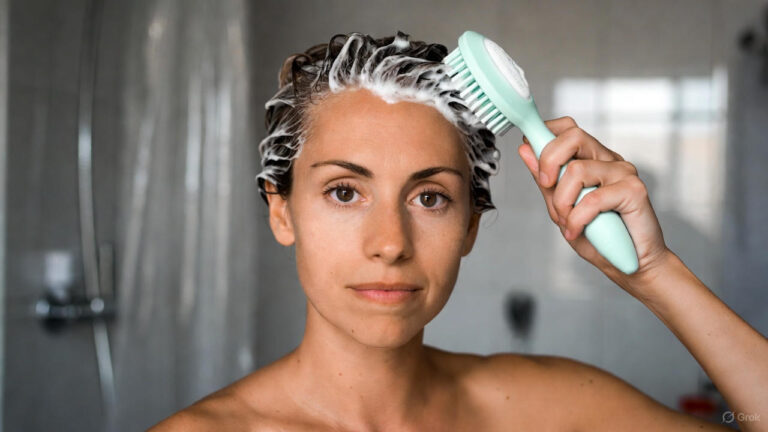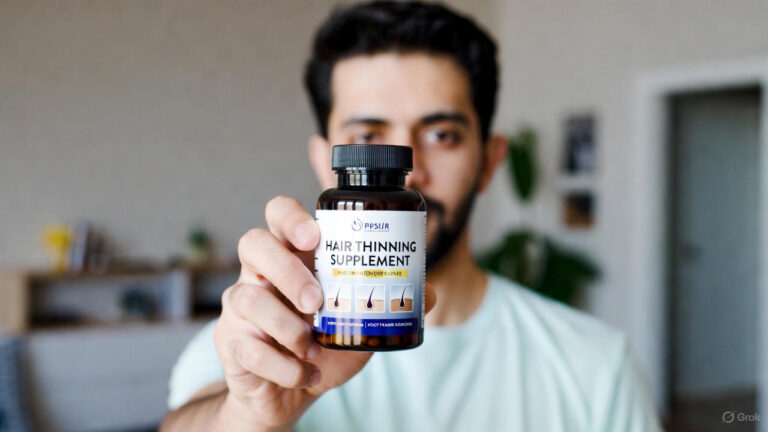Many of us turn to commercial hair care products laden with chemicals and synthetic ingredients. However, nature has provided us with a bounty of herbs and botanicals that offer nourishing and revitalizing benefits for our hair. Herbal hair rinses have been used for centuries to promote healthy hair growth, enhance shine, and soothe the scalp.
In this article, we’ll explore the benefits of herbal hair rinses, delve into the properties of various herbs, and provide step-by-step instructions for creating your own customized blends.
The Benefits of Herbal Hair Rinses
Herbal hair rinses offer a multitude of benefits for your hair and scalp. Unlike commercial hair care products that often contain harsh chemicals and preservatives, herbal rinses are gentle yet effective, making them suitable for all hair types, including sensitive scalps. Here are some of the key benefits of incorporating herbal hair rinses into your hair care routine:
- Enhanced Shine: Herbal rinses can help restore luster and shine to dull, lackluster hair, leaving it looking radiant and healthy.
- Improved Scalp Health: Many herbs possess anti-inflammatory and antimicrobial properties that can help soothe irritated scalps and reduce dandruff.
- Stimulated Hair Growth: Certain herbs, such as rosemary and horsetail, are believed to stimulate blood circulation to the scalp, promoting healthy hair growth.
- Balanced pH: Herbal rinses can help balance the pH of the scalp, preventing excess oiliness or dryness and maintaining a healthy scalp environment.
- Natural Scent: Herbs impart a delightful natural fragrance to your hair, leaving it smelling fresh and botanical without the need for synthetic fragrances.
Popular Herbs for Herbal Hair Rinses
When creating DIY herbal hair rinses, it’s essential to choose herbs that suit your hair type and address your specific hair care concerns. Here are some popular herbs and their beneficial properties:
- Rosemary: Known for its stimulating properties, rosemary promotes circulation to the scalp, strengthens hair follicles, and helps combat dandruff.
- Lavender: Lavender is prized for its soothing and calming properties, making it ideal for sensitive scalps. It also adds a delightful floral scent to your hair.
- Chamomile: Chamomile is renowned for its anti-inflammatory and antioxidant properties, making it perfect for soothing irritated scalps and enhancing blonde or light-colored hair.
- Nettle: Rich in vitamins and minerals, nettle strengthens hair, reduces hair shedding, and promotes healthy hair growth.
- Horsetail: Horsetail is rich in silica, a mineral that strengthens hair and promotes shine. It also has astringent properties that help reduce oiliness.
How to Make DIY Herbal Hair Rinses
Creating your own DIY herbal hair rinses is simple and requires just a few basic ingredients. Here’s a step-by-step guide to making your personalized herbal blend:
Step 1: Choose Your Herbs
Select a combination of herbs that address your specific hair care needs. You can use dried herbs purchased from health food stores or harvest fresh herbs from your garden.
Step 2: Prepare Your Herbal Infusion
Place your chosen herbs in a heatproof container, such as a mason jar, and cover them with boiling water. Allow the herbs to steep for at least 30 minutes to extract their beneficial properties fully.
Step 3: Strain Your Herbal Infusion
Once the infusion has cooled, strain out the herbs using a fine-mesh sieve or cheesecloth, ensuring that only the liquid remains.
Step 4: Dilute Your Herbal Infusion
Depending on your hair type and the concentration of your herbal infusion, you may need to dilute it with water. Aim for a ratio of one part herbal infusion to one part water.
Step 5: Rinse Your Hair
After shampooing and conditioning your hair as usual, pour the herbal infusion over your hair, making sure to saturate your scalp and hair thoroughly. Allow the rinse to sit for a few minutes before rinsing it out with cool water.
Step 6: Optional: Add Essential Oils
For an extra boost of fragrance and therapeutic benefits, you can add a few drops of essential oils to your herbal infusion. Lavender, rosemary, and peppermint are popular choices.
Conclusion
DIY herbal hair rinses offer a natural and effective way to nourish and revitalize your hair, leaving it looking shiny, vibrant, and healthy. By harnessing the power of nature’s remedies and incorporating herbs into your hair care routine, you can achieve salon-worthy results without the need for harsh chemicals or synthetic ingredients. Whether you’re looking to enhance shine, soothe your scalp, or stimulate hair growth, there’s an herbal hair rinse to suit your needs.
FAQs
Q1: Can I use fresh herbs instead of dried herbs for herbal hair rinses?
Yes, you can use fresh herbs if you have access to them. Simply increase the quantity of fresh herbs used compared to dried herbs, as fresh herbs contain more water.
Q2: How often should I use herbal hair rinses?
You can use herbal hair rinses as often as you like, depending on your hair’s needs. Some people prefer to use them once a week as a deep conditioning treatment, while others use them more frequently for daily maintenance.
Q3: Can herbal hair rinses change the color of my hair?
Certain herbs, such as chamomile and henna, have natural lightening properties and may subtly lighten hair over time, especially if used regularly. However, herbal hair rinses are generally gentle and unlikely to cause significant color changes.
Q4: Can I store leftover herbal hair rinse for future use?
Yes, you can store leftover herbal hair rinse in the refrigerator for up to one week. Be sure to keep it in a sealed container to prevent contamination.
Q5: Can I combine different herbs in my herbal hair rinse?
Absolutely! Experimenting with different herb combinations allows you to customize your herbal hair rinse to address specific hair care concerns and achieve your desired results.



